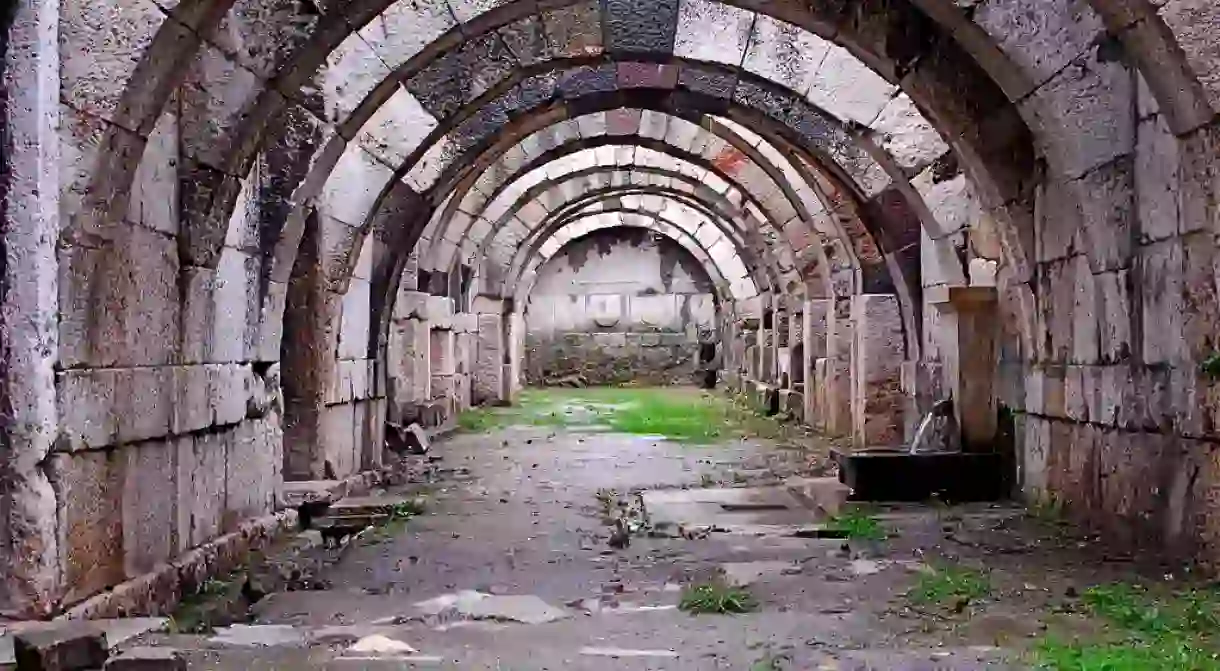All You Need to Know About Smyrna, Izmir's Ancient Name

One of Turkey’s most popular summer towns and provinces used to be known as Smyrna, with a history that extends back to ancient times. An ancient Greek settlement, Culture Trip takes a look at the history of Smyrna and its remnants in modern-day Izmir.
History of Smyrna
According to the Yeşilova Höyük excavation site located in Bornova, the region that comprises modern-day Izmir began as a settlement around the third millennium BC, and through the antique period, it was a powerful city-state belonging to the Ionian League. Smyrna may have had the honor of having Homer as a resident, but it definitely made use of the nearby sea, which allowed Greek trade ships to sail into the center of Lydia (a kingdom in Asia Minor), turning Smyrna into a rather important trade route between Anatolia and the Aegean, allowing it to flourish by the 7th century BC. After being defeated by the Lydian kingdom, Smyrna was restored during the Hellenistic period under the order of Alexander the Great, later becoming one of the main cities of Roman Asia, competing with Pergamon and Ephesus over the title of “First City of Asia.”

When Constantinople became the center of government, Smyrna inevitably declined in its influence as trade diminished. By the Ottoman period, Smyrna became part of the empire when the land belonging to the former Aydın dynasty became Ottoman. By the late 19th century, Smyrna’s population was largely Greek, and it was acting as an important center of finance and culture for the community. As such, Greece occupied Smyrna by 1919 until the Turkish army of Mustafa Kemal Atatürk entered the city in 1922, ending the Greco-Turkish War. It was at this point that an intentional fire (known as The Great Fire of Smyrna) was set to the Greek and Armenian quarters of Smyrna, the culprit of which is still disputed. After these events, Smyrna’s population changed drastically, as inhabitants fled to their native lands to never return. Years later, on March 28, 1930, the Turkish Postal Service Law made Izmir (the Turkish variation of “Smyrna”) the city’s internationally recognized name.

Ancient Agora of Smyrna
One of the most important remains of the ancient city of Smyrna is its agora, or the center of the area’s artistic, commercial, judicial, and political life. The ancient remains, composed of five parts, include the basilica gate, stoa, and marketplace. The agora, destroyed in an earthquake, was rebuilt in 178 AD under the order of Emperor Marcus Aurelius, and nowadays, it remains as one of the largest and best-preserved agoras of Ionia. In use until the Byzantine period, the following construction of an Ottoman cemetery on the site protected it from the intrusion of modern developments.














